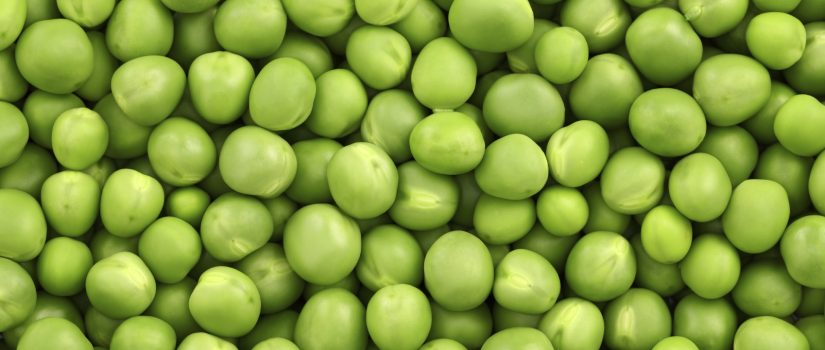When looking at ways to freeze foods in the commercial food industry, there are a variety of options to choose from. Blast freezing has become more popular as it reduces the amount of time needed to freeze a product, but if time is not an issue for you, is there really much need for it? The answer is ‘yes’ and here’s why:
There are various factors which influence the effectiveness of freezing on food preservation. Air velocity, degree of contact between the food and cooling medium, packaging and product thickness can all play a part in the speed at which an item of food is frozen.
In the case of blast freezing, the air velocity plays a large part in increasing the speed when compared with conventional chest freezing. Slower freezing methods, such as chest freezing, create large ice crystals in food tissues which rupture cell membranes, causing loss of moisture once thawed. This is especially the case with fish, where the flesh is more fragile.
A chest freezer has no air velocity as it is considered to be a still air freezer. The chest freezer is a unit which keeps a chamber at a constant temperature well below the freezing point of water (typically -12 to -18°C) using vapour compression. When food is placed in the unit it slowly freezes as the temperature of the food lowers to that of the air inside the freezer unit.
Foods which would typically take around 12-24 hours to freeze in a traditional still air freezer can be frozen in around 4 hours in a blast freezer. In blast freezing, foods are placed in a unit then subjected to a series of cold air flows at speeds of around 10-15 metres per second, which bring the temperature of the foods to below -24°C, sometimes as low as -30°C or -45°C, quite rapidly.
Although both methods of freezing will preserve the food item by suspending microbial growth, rapid freezing methods, such as blast freezing, allow foods to reach temperatures which limit microbial growth sooner, while also having a better effect on maintaining the structural integrity of the food items. Faster freezing methods allow foods to be thawed to a state which are more like their initial fresh state.
Recently, at University, we conducted an experiment with fish fillets to assess the differences between blast and chest freezing. We froze some fish fillets in a blast freezer and some in chest freezer; then stored both sets of fillets in a chest for two weeks. The fillets were arranged on trays in different configurations – one to a tray, two to a tray (stacked on top of each other) and four to a tray (also stacked). Here’s a summary of what we found:
- As expected, the freezing time for the fish fillets was much slower in the chest freezer, especially for the fillets at the bottom of the stack of four.
- The freezing time for fillets in the blast freezer was faster and the freezing time was not significantly different for fillets frozen at the bottom of a stack.
- As the ice crystals formed during freezing were larger in the case of the chest freezer, there was greater deterioration of cells, causing greater amounts of fluid to be lost when thawed (% loss calculated).
- Further fluid was lost when baked, as a result of the deterioration in cell structure.
- The sensory properties of the fish, its flakiness, juiciness and chewiness, became less appealing as the freezing time increased. The fillet which had the longest freezing time, bottom of a stack of four in the chest freezer, was the most unappealing. It had lost the majority of its flakiness and moisture and had become very tough and chewy, taking a long time to be macerated enough to swallow.
It was concluded that blast freezing can be seen to be the better method of freezing when compared to still air chest freezing. The sensory properties were far less appealing in the case of the fish frozen in the chest freezer. The blast freezer would also allow for more fillets to be frozen simultaneously, as the difference in the sensory properties was less noticeable with increased fillets per tray, compared to that of the chest freezer fillets. It was also much quicker – increasing time efficiency.
These results do not just relate to fish. When considering freezing in the food industry, it is important to remember the final product and its effect on the consumer’s satisfaction. Foods frozen in a blast freezer will be closer to their fresh counterparts when defrosted, allowing for a better sensory experience when consumed.
Rely Services offer a range of machines from Irinox which will quickly chill or freeze foods. Irinox are leaders in blast chilling and freezing technology and their machines will allow you to be more efficient, productive and profitable in the kitchen, not to mention ensuring supreme levels of food quality and safety.
If you are interested in blast chilling or freezing technology, need any advice or information, or wish to purchase the necessary equipment for your kitchen, please contact us at Rely Culinary Technology.

